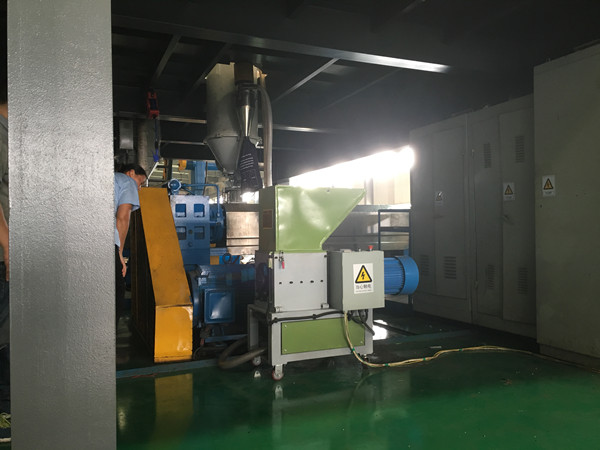Plastic granulators are an essential piece of equipment in the plastics processing industry. They are used to break down plastic waste into smaller, more manageable pieces called granules or pellets. These granules can then be reused in the production of new plastic products, making plastic recycling a more sustainable and cost-effective process.
So, what exactly does a plastic granulator do? In simple terms, a plastic granulator cuts plastic waste into small pieces, but the process is more complex than that. Let's take a closer look at how a plastic granulator works.
The first step in the granulation process is the feeding of plastic waste into the machine. The plastic waste can come from a variety of sources, including scrap from the production of plastic products, post-consumer waste such as plastic bottles, or even old car parts. The waste is usually sorted and cleaned before it is fed into the granulator to ensure that there are no contaminants or foreign objects that could damage the machine or affect the quality of the final product.
Once the plastic waste is fed into the granulator, it goes through a series of cutting blades. These blades are designed to break down the plastic waste into smaller pieces. The size of the granules produced depends on the size of the cutting blades and the speed at which the blades rotate. Different granulators can produce different sizes of granules depending on the specific needs of the user.

After the plastic waste has been cut into smaller pieces, it is then pushed through a screen. The screen separates the plastic granules from any remaining particles or contaminants that may have been missed during the cleaning process. The size of the screen determines the size of the granules produced, with smaller screens producing smaller granules and larger screens producing larger granules.
Recommended article:Once the plastic granules have been separated from any contaminants, they are collected and stored in a container or bag. The granules can then be transported to a recycling facility where they can be reused in the production of new plastic products. The granules can also be sold to other companies who need them for their own manufacturing processes.
There are many different types of plastic granulators available on the market today, each designed for specific applications. For example, some granulators are designed for heavy-duty applications such as processing thick plastic pipes and sheets, while others are designed for lighter-duty applications such as processing plastic bottles.
In addition to their use in plastic recycling, plastic granulators can also be used to reduce the size of plastic waste in order to make it easier to transport and dispose of. This is especially important in areas where landfill space is limited.
In conclusion, plastic granulators machine play an important role in the plastics processing industry. They help to make plastic recycling a more sustainable and cost-effective process by breaking down plastic waste into smaller, more manageable pieces that can be reused in the production of new plastic products. With the growing demand for sustainable manufacturing processes, plastic granulators are likely to become even more important in the years to come.
592
0
0
All Comments (0)
Related Articles
If you are interested in sending in a Guest Blogger Submission,welcome to write for us!
Comments